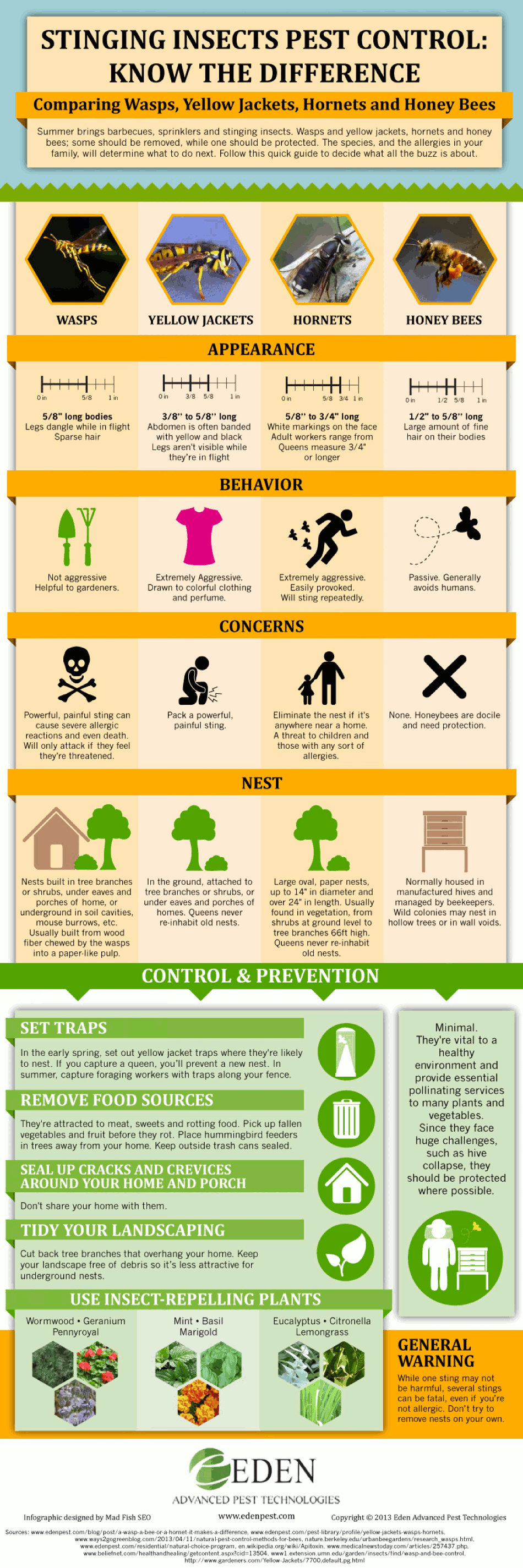Even stings of insects can be dangerous, especially if not treated immediately. Wasp stings are insect bites that can be dangerous. Getting these is common during the period when it is warm and people are staying a lot of hours outside. Being bitten by wasps can be uncomfortable. However, most people who experience this are recovering quickly without the involvement of any complications.
The Symptoms of A Wasp Sting
People who are stung by the insect commonly experience swelling, pain and itching at the stung area. As mentioned, most people stung by the insect recover quickly. However, the case with allergies can be different. Aside from the wasp sting symptoms, these people may also experience difficulty in breathing, collapsing, decrease in the blood pressure and hives. Swelling of lips, throat, tongue and face can also occur.
Unlike bee stings, wasp stings repeatedly. This is just one of the factors that make it dangerous. Thus, it is important to call for a poison control if you or someone you knew is stung by the insect. Doing this becomes more vital if the stung person shows allergic reaction like severe swelling and difficulty in breathing. Be prepared to go to the hospital and be alert of any reaction that will be shown.
For those who are allergic to wasp and know that they cannot help, but go out during warmer seasons, it would help to bring a sting kit all the time. Of course, this will require a prescription as well. Know how the kit is used so that if the necessity comes, you will know how to. Being prepared in such situations will help in preventing the possibility of experiencing wasp sting symptoms.
For first aid, get a sharp object and scrape it over the stung area to remove the one that stings. Do this carefully. But, the stinger can also be pulled using tweezers or your fingers if you can and it is possible. Also, be careful not to pinch that sac containing the venom, which is located at the stinger’s end. Otherwise, more of the venom will be released, which you do not want to happen. Doing this may not prevent the wasp sting symptoms from arising. But, it does help in preventing the symptoms from worsening, which makes it a necessity for at least someone to be knowledgeable about first aids.
To prevent more infection and symptoms, clean the affected area with soap as well as water after removing the sting. Afterwards, wrap or place ice on the stung area for about 10 minutes. Let the stung area free of ice for the same period and repeat the process again. Antihistamine can be provided as well in treating mild symptoms.
It is vital to bring the stung person to the hospital immediately after allergic reaction occurs. Otherwise, this may lead to death within an hour. That is how dangerous a wasp sting is. The good thing is, the faster the patient is given medical help, the higher their chance of recovery is.
